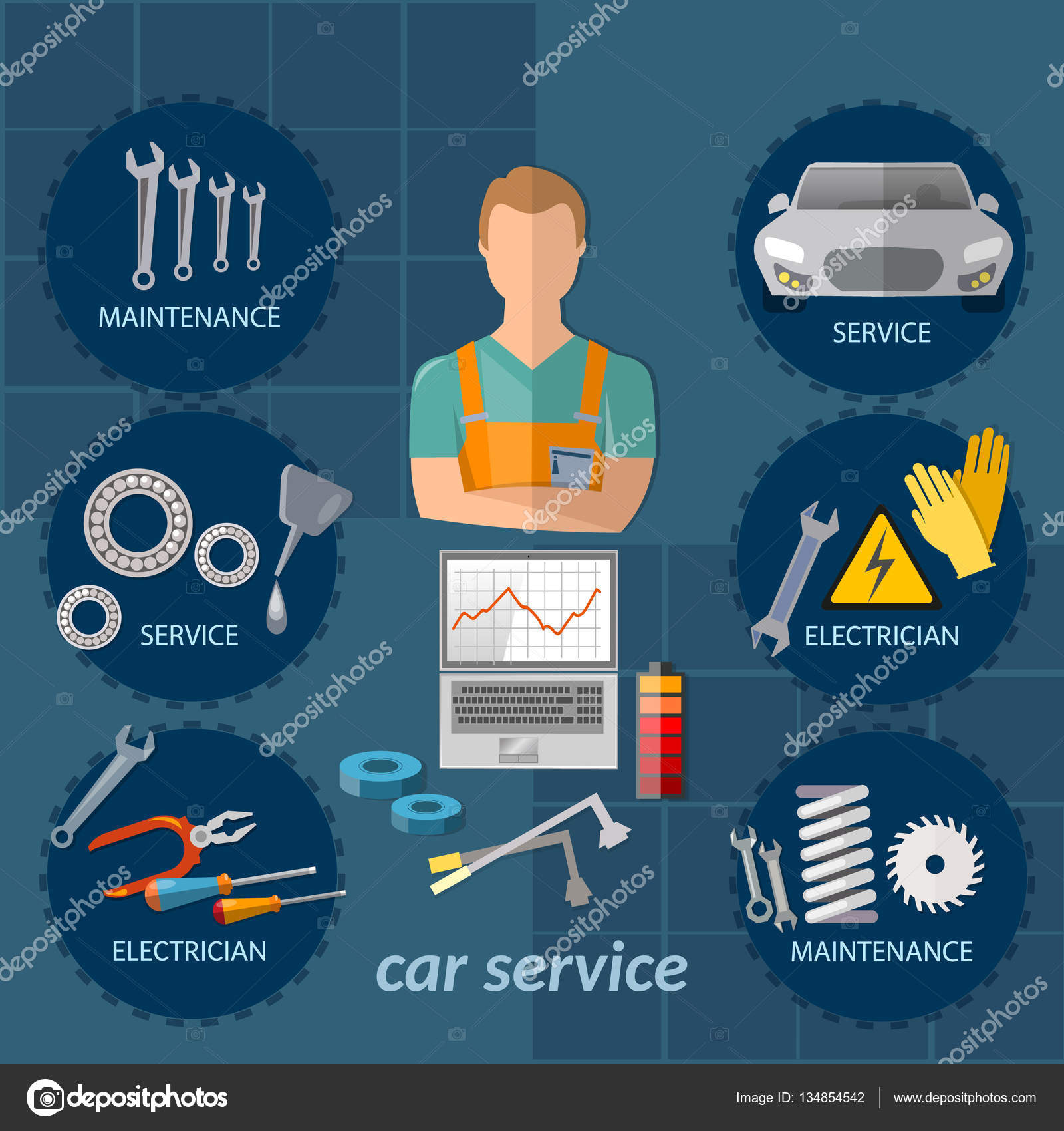Wondering About The Meaning Behind Those Control Panel Caution Lights? Gain Insights Into Their Implications For Your Vehicle'S Safety And Security And Upkeep
Wondering About The Meaning Behind Those Control Panel Caution Lights? Gain Insights Into Their Implications For Your Vehicle'S Safety And Security And Upkeep
Blog Article
Write-Up Composed By-Sykes Shepherd
When you're behind the wheel, those glowing caution lights on your control panel can be a bit perplexing. Do you understand what they're attempting to inform you about your auto's health? Comprehending the importance of these lights is vital for your safety and security and the durability of your vehicle. So, the following time one of those lights turns up, wouldn't you wish to decode its message properly and take the necessary actions to resolve it?
Common Warning Lights and Interpretations
Identify usual warning lights in your vehicle and recognize their significances to guarantee safe driving.
The most typical warning lights consist of the check engine light, which signifies problems with the engine or discharges system. If this light comes on, it's critical to have your car inspected without delay.
The oil stress warning light suggests reduced oil pressure, requiring prompt attention to prevent engine damages.
A blinking battery light could recommend a defective billing system, potentially leaving you stranded if not dealt with.
The tire pressure monitoring system (TPMS) light alerts you to reduced tire stress, affecting automobile stability and gas effectiveness. Overlooking this might bring about dangerous driving problems.
The abdominal light suggests an issue with the anti-lock stopping system, compromising your capacity to quit swiftly in emergencies.
Lastly, the coolant temperature level warning light warns of engine getting too hot, which can lead to extreme damages otherwise fixed promptly.
Understanding these usual caution lights will certainly help you address concerns promptly and maintain secure driving conditions.
Importance of Prompt Focus
Comprehending the usual warning lights in your vehicle is just the very first step; the value of quickly resolving these cautions can't be highlighted sufficient to ensure your safety when driving.
When a caution light brightens on your control panel, it's your vehicle's means of communicating a potential issue that requires attention. Disregarding these cautions can result in extra serious issues in the future, jeopardizing your safety and security and potentially costing you more out of commission.
Prompt interest to advising lights can stop breakdowns and accidents. For example, a blinking check engine light might suggest a misfire that, if left unattended, can create damage to the catalytic converter. Resolving this without delay can conserve you from a pricey repair.
Likewise, a brake system alerting light may signify low brake liquid or used brake pads, critical parts for your safety and security when driving.
Do It Yourself Troubleshooting Tips
If you see a caution light on your dashboard, there are a couple of DIY troubleshooting tips you can attempt prior to seeking professional aid.
The very first step is to consult your vehicle's guidebook to comprehend what the certain caution light shows. Occasionally engine detailing can be as straightforward as a loosened gas cap activating the check engine light. Tightening the gas cap may resolve the problem.
Another common issue is a low battery, which can trigger different advising lights. Checking the battery links for corrosion and ensuring they're safe might deal with the problem.
If a caution light persists, you can try resetting it by disconnecting the automobile's battery for a few mins and afterwards reconnecting it. In addition, inspecting your car's fluid degrees, such as oil, coolant, and brake fluid, can help troubleshoot advising lights related to these systems.
Learn Even more , understanding your cars and truck's caution lights is important for maintaining your lorry running efficiently and securely. By promptly resolving Look At This and understanding what they indicate, you can avoid pricey fixings and potential breakdowns.
Remember to consult your automobile's manual for certain information on each cautioning light and do something about it accordingly to guarantee a hassle-free driving experience.
Remain informed, remain secure when driving!
